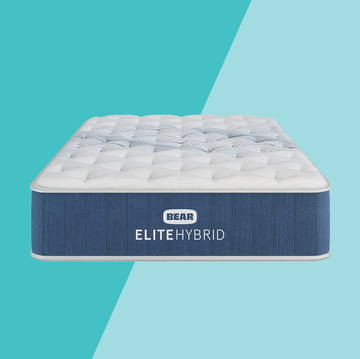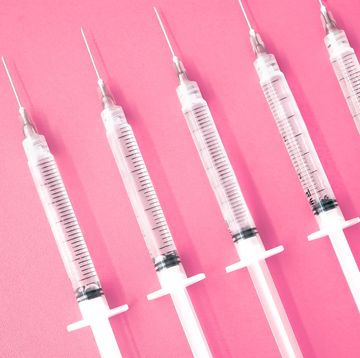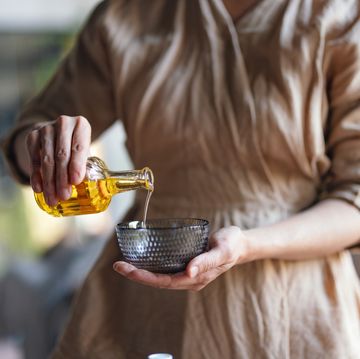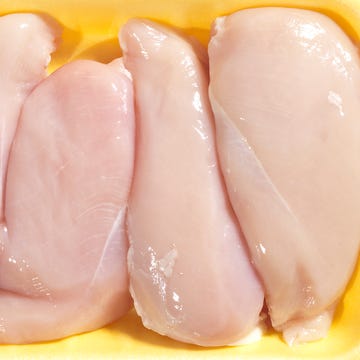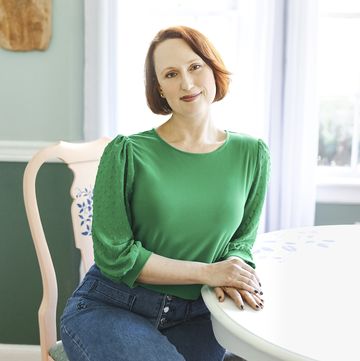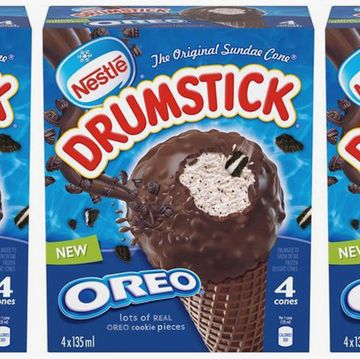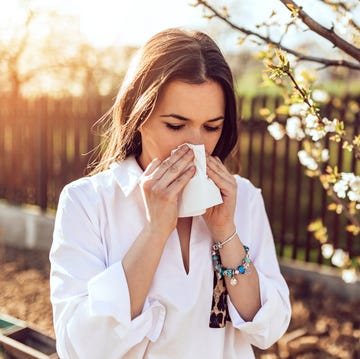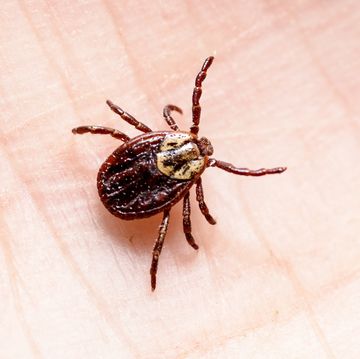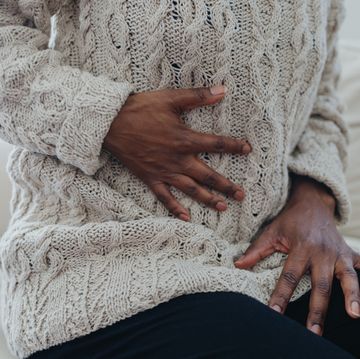Make no bones about it: Age is unkind to your skeleton. Roughly one in four women over 65 has osteoporosis of the hip or spine. And this brittle bone disorder greatly increases your risk for painful and debilitating fractures, according to health data collected by the CDC.
Meanwhile, less than 6% of men over 65 have osteoporosis, the CDC report finds.
Why are women so much more likely to develop the disease? "Men tend to have bigger bones, and they go through different hormonal changes," says Ethel Siris, MD, director of the Osteoporosis Center at the New York Presbyterian-Columbia University Medical Center.
MORE: 8 Things That Happen When You Finally Stop Drinking Diet Soda
Compared with men, Siris says women suffer a double-whammy when it comes to bone strength: They have less bone to lose, and menopause's hormonal shifts further deplete bone density. (Struggling to find balance with your diet and hormones due to menopause? Check out The Natural Menopause Solution for tips.)
"When you lose bone, it's just like a building with damaged architecture," she explains. "Sooner or later, something's going to break." Yes, men lose bone as well. But the loss is more gradual, she adds.
Here's what to do.
Keep Tabs on Your Bones
A bone mineral density test—usually an X-ray—is simple, effective, and non-invasive. But a very low percentage of women over 50 are tested. That's a shame, according to recent guidelines written by more than a dozen bone docs and appearing in the journal Osteoporosis International.
If you're older than 50 and you suffer a slip-and-fall fracture—particularly in your hip, spine, shoulder, or wrist—that's a big red flag for osteoporosis. Also, many prescription and over-the-counter medications—including anti-inflammatory steroids, antidepressants, and even Mylanta—can leach calcium from bones.
If you think you might be at risk for osteoporosis, the authors of the guidelines recommend talking with your doctor about the bone density test.
[block:bean=sub-offer-flatbelly-flexblock]
Stop It Before It Starts
Testing aside, boning up on a few healthy practices could stave off osteoporosis and keep your skeleton strong well into old age. According to Siris, the three most important ingredients to prevent osteoporosis are:
1. Calcium. Women over 50 and men over 70 need about 1,200 mg of calcium every day. "You can easily get adequate calcium from your diet," Siris says. She mentions yogurt and cereal fortified with calcium as two good sources. (Can't do dairy? Here are 10 dairy-free calcium-rich options.) "You may also need calcium supplements, which you should discuss with your doctor," she says.
2. Vitamin D. The "sunshine vitamin" helps your bones absorb calcium, Siris says. But getting enough can be tricky. Vitamin D isn't readily available in foods, and as you age your body may struggle to produce it from sun exposure. For this reason, many experts—including Siris—advise taking a D supplement. "Eight hundred to 1,000 IUs of vitamin D should be safe for anyone," Siris says, though some experts advise taking much more than that.
3. Exercise. Finally, a combination of resistance training and aerobic exercise improves agility, muscle strength, and posture, which will reduce your risk of falls and fractures. "Putting your muscles to work relieves pressure from your bones and slows bone loss," Siris says.
MORE: 7 Reasons You're Tired All The Time
You Have Osteoporosis. Now What?
Siris says several drug options are well tolerated, inexpensive, and effective at reducing your fracture risk. In addition to prescriptions, your doctor may advise you to take a calcium supplement. Of course, calcium, vitamin D, and exercise will continue to benefit your bones even if you're suffering from osteoporosis, Siris adds. She recommends speaking with your doctor to work out a treatment plan.



